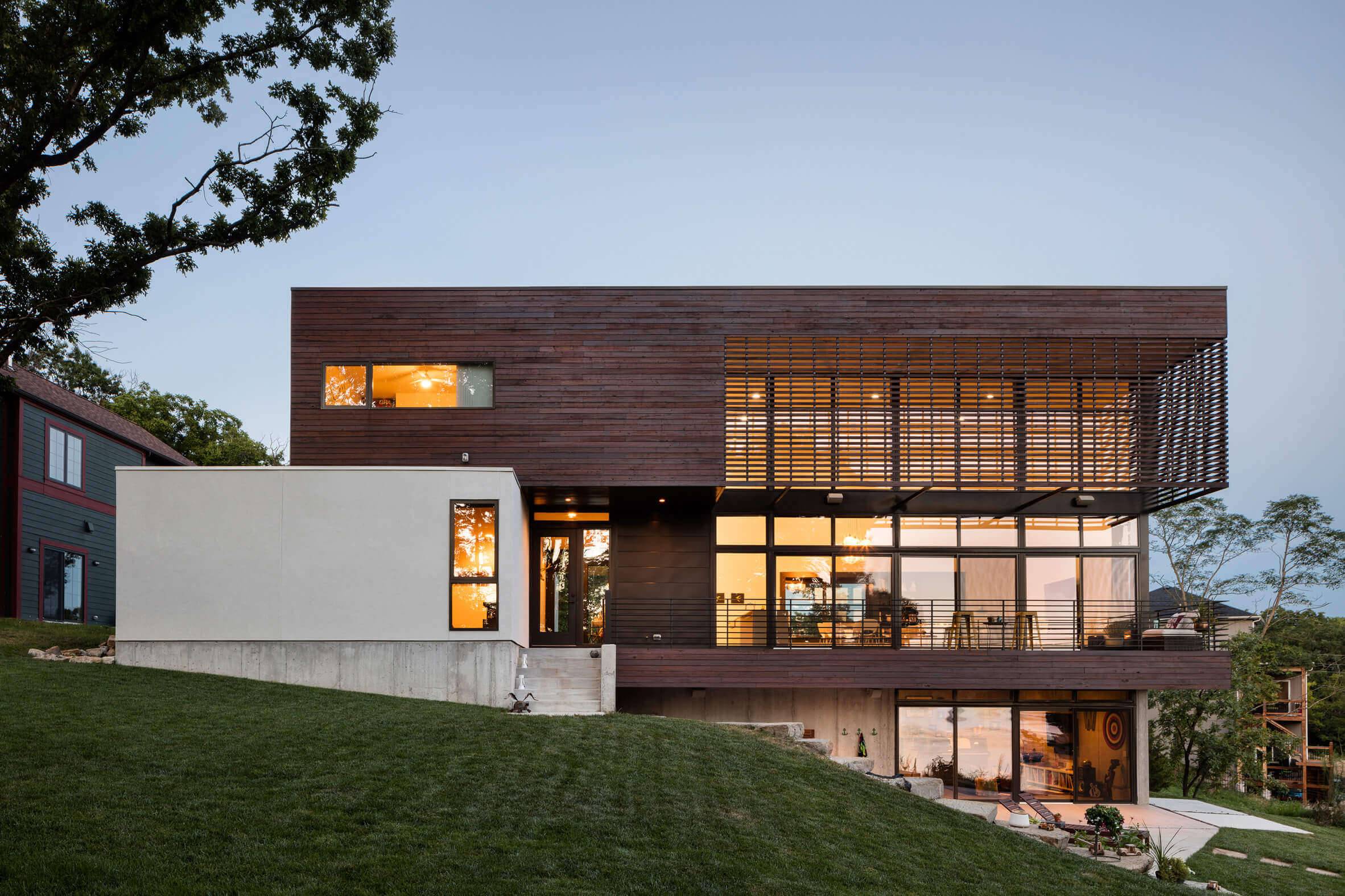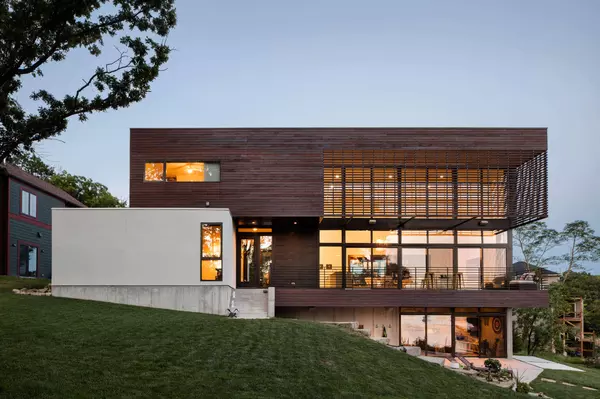The Ultimate Guide to Buying Historic Homes in Lexington, Kentucky

From stately Greek Revival mansions in Ashland Park to charming Craftsman bungalows in Kenwick, Lexington’s historic homes offer something you can't find in new construction—character, craftsmanship, and a connection to Kentucky's rich past. But buying a historic home isn't quite the same as purchasing a modern property. These homes come with unique considerations, from preservation requirements to specialized inspections.
Live In Kentucky Homes has guided countless families through the process of finding their perfect historic home in Lexington. With over 60 five-star reviews and deep expertise in Kentucky's real estate market, we understand what it takes to make your transition smooth—whether you're upsizing, downsizing, or relocating to the Bluegrass State.
Understanding Lexington's Historic Neighborhoods
Lexington's historic districts each have their own personality.
Ashland Park, developed in the early 1900s, showcases grand homes with wraparound porches and mature oak trees. The neighborhood's walkable streets and proximity to downtown make it particularly appealing to professionals and families alike.
Chevy Chase offers a mix of architectural styles, from Tudor Revival to Colonial homes, many sitting on generous lots. The area's quiet residential feel contrasts beautifully with its convenient location near shopping and dining.
Downtown's historic core features everything from converted warehouses to Victorian-era townhomes. Here, you'll find buyers drawn to urban living with historic charm—walkable to restaurants, galleries, and UK's campus.
Kenwick, with its tree-canopied streets and modest bungalows, attracts first-time buyers and young families looking for character without the mansion-sized price tag. The neighborhood's strong sense of community shows in its active neighborhood association and annual events.
According to Redfin's latest market data, vintage homes in Lexington currently have a median listing price of $365,000, with properties typically staying on the market for 28 days. Our local expertise helps clients navigate these competitive conditions while finding homes that match their vision and budget.
What to Know Before You Buy: Historic Home Realities
Historic homes reward you with original hardwood floors, detailed millwork, and architectural features you simply can't replicate today. However, they also present unique considerations.
Electrical systems in pre-1950 homes often need updating—knob-and-tube wiring doesn't meet today's demands. Plumbing may feature original cast iron pipes requiring replacement. Lead paint (in homes built before 1978) and asbestos materials need careful handling during renovations.
Foundation settling is common in older homes, but distinguishing normal settling from serious issues requires expert assessment. HVAC systems sometimes need creative solutions to provide modern comfort while preserving historic integrity.
We always recommend specialized inspections for historic properties. Our home buying checklist includes specific considerations for older homes, and we work with inspectors who understand historic construction. This upfront investment prevents surprises and helps you budget appropriately for any needed updates.
The Buying Process: Step-by-Step for Historic Homes
Step 1: Partner with the Right Realtor Historic home purchases benefit enormously from working with realtors who understand these properties' unique aspects. We've helped families navigate everything from National Register properties to homes in local historic districts, understanding how preservation requirements affect renovation plans and resale value.
Step 2: Secure Appropriate Financing Getting pre-approved remains crucial, but historic homes sometimes require specialized loan products. Renovation loans like FHA 203(k) or conventional renovation mortgages can help buyers purchase and improve properties simultaneously. Our preferred lender has experience with these products and understands how to evaluate historic properties for lending purposes.
Step 3: Strategic House Hunting When touring historic homes, we help clients identify original features worth preserving versus areas needing updates. Look for intact original windows, hardwood floors under carpeting, and architectural details like crown molding or built-in cabinetry. Ask about previous renovations—were they done sensitively, maintaining the home's character?
Step 4: Making Competitive Offers Historic homes often attract multiple offers, especially well-maintained properties in desirable neighborhoods. We help clients craft offers that stand out while protecting their interests through appropriate contingencies for inspections and potential historic district approvals.
Step 5: Specialized Inspections and Appraisals Historic home inspections take longer and cost more than standard inspections, but they're essential. Appraisers need to understand historic properties' unique value propositions—original features, neighborhood character, and preservation potential all factor into valuation.
Step 6: Closing and Beyond Closing on a historic home often involves additional documentation, especially if the property has historic designations. We guide clients through this process and connect them with resources for their renovation journey.
Navigating Local Regulations and Preservation Rules
Understanding historic designations prevents headaches down the road. Properties listed on the National Register of Historic Places receive recognition but face few restrictions on private renovations. However, homes in local historic districts—like parts of downtown Lexington—require approval for exterior changes visible from public streets.
Individual landmark designations carry the most restrictions, requiring approval for both exterior and sometimes interior modifications. The Lexington-Fayette Urban County Government's Historic Preservation Office provides guidance on what changes require approval and how to navigate the review process.
Certificate of Appropriateness applications typically take 30-45 days for review. Planning renovation projects with these timelines prevents delays and frustration. We help clients understand these requirements upfront, so there aren't surprises when it's time to update their new home.
Most routine maintenance and interior renovations don't require approval—replacing roofs with similar materials, painting, or updating kitchens typically proceed without historic review.
Renovating and Living in a Historic Home
Finding contractors experienced with historic properties makes all the difference. These professionals understand how to work with original materials, match historic details, and navigate preservation requirements while seamlessly integrating modern updates.
Connect with local resources like the Bluegrass Trust for Historic Preservation, which offers workshops and networking opportunities. For practical ideas, our guide to budget-friendly home updates includes approaches that work particularly well in historic properties.
Why Work with Live In Kentucky Homes?
Historic homes require specialized knowledge, and we've developed expertise through years of helping clients find and purchase these unique properties. We understand the local market, know which neighborhoods offer the best value, and maintain relationships with inspectors, contractors, and other professionals who specialize in historic properties.
Our clients consistently praise our attention to detail and commitment to making their transition smooth. Don't just take our word for it—read what they say in our testimonials.
Frequently Asked Questions
Can I renovate a historic home? Most renovations are possible, though homes in local historic districts require approval for exterior changes. Interior modifications typically have fewer restrictions.
Are there extra costs? Historic homes may require specialized inspections and contractors, but tax credits and unique financing options often offset additional expenses.
How do I find out if a home is in a historic district? We research this for every property and can quickly determine any historic designations and their implications for your renovation plans.
Your Next Steps
Buying a historic home in Lexington offers the chance to own a piece of Kentucky's architectural heritage while enjoying the character and craftsmanship that modern construction rarely matches. With the right guidance, the process becomes an exciting journey rather than a daunting challenge.
Ready to explore Lexington's historic homes? Browse our current listings or contact us for a personalized consultation. We'll help you find a historic home that fits your lifestyle, budget, and dreams—making your transition to historic homeownership as smooth as possible.
Categories
Recent Posts








